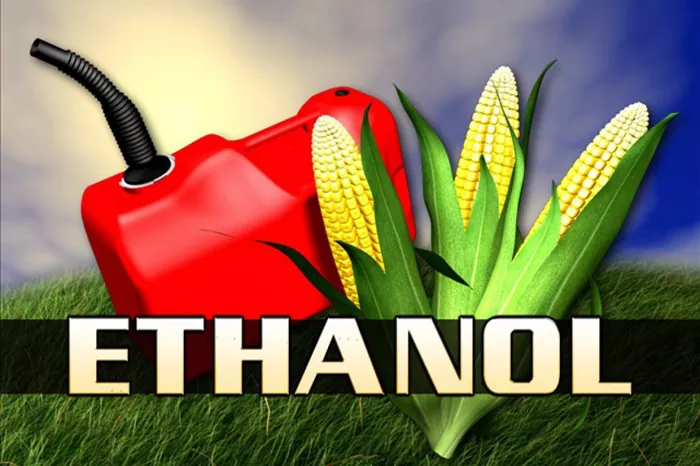Ethanol-free gasoline, often referred to as pure gasoline or E0, is a type of fuel that does not contain ethanol. Ethanol is a type of alcohol used as an additive in gasoline to reduce emissions and increase octane levels. However, some consumers and engines require or prefer gasoline without ethanol for various reasons. This article explores the benefits, availability, and usage of ethanol-free gasoline, along with its comparison to ethanol-blended fuels.
What is Ethanol-Free Gasoline?
Ethanol-free gasoline is simply gasoline that does not contain ethanol. Most standard gasoline in the United States contains up to 10% ethanol (E10), which is blended to help reduce air pollution and dependence on oil. However, ethanol-free gasoline is still available and preferred for certain applications and by certain users.
Why Choose Ethanol-Free Gasoline?
Performance Benefits
One of the primary reasons to choose ethanol-free gasoline is for its performance benefits. Ethanol can attract moisture from the air, leading to water accumulation in the fuel system. This can cause starting problems and poor performance, especially in small engines such as those in boats, lawnmowers, and motorcycles.
Longevity and Stability
Ethanol-free gasoline has a longer shelf life than ethanol-blended fuels. Ethanol can cause fuel to degrade more quickly, leading to the formation of gum and varnish in the fuel system. This is particularly problematic for equipment that is not used frequently, such as boats and seasonal vehicles.
Fuel Economy
Some users report better fuel economy when using ethanol-free gasoline. Ethanol has a lower energy content than gasoline, so E10 fuel may not provide the same mileage as pure gasoline. While the difference is often minimal, it can be significant for some users, particularly those with high-performance engines or older vehicles.
Applications of Ethanol-Free Gasoline
Marine Engines
Ethanol-free gasoline is often recommended for marine engines. Boats are particularly susceptible to the issues caused by ethanol, such as water contamination and fuel system corrosion. Many marinas offer ethanol-free fuel specifically for this reason.
Small Engines
Small engines found in lawnmowers, chainsaws, and other outdoor power equipment can suffer from ethanol-related issues. Using ethanol-free gasoline can help ensure reliable starting and smooth operation, extending the life of the equipment.
Classic Cars and High-Performance Vehicles
Owners of classic cars and high-performance vehicles often prefer ethanol-free gasoline. These vehicles may have fuel systems and engines not designed to handle ethanol, and the higher energy content of pure gasoline can help maintain performance and protect the engine.
See also: What Fuel Has No Ethanol?
Finding Ethanol-Free Gasoline
Availability
Ethanol-free gasoline is not as widely available as standard E10 fuel but can still be found in many areas. It is often available at marinas, small airports, and certain gas stations. Some regions have a higher concentration of ethanol-free gas stations, particularly in areas with a high population of boats and recreational vehicles.
Resources
Websites and mobile apps such as Pure-Gas.org provide comprehensive listings of gas stations that offer ethanol-free gasoline. These resources can help users locate nearby stations and ensure they have access to the fuel they prefer.
Ethanol-Free Gasoline vs. Ethanol-Blended Fuels
Environmental Impact
One of the main reasons ethanol is added to gasoline is to reduce greenhouse gas emissions. Ethanol is a renewable resource and can help reduce the overall carbon footprint of transportation fuels. However, the production and use of ethanol have their environmental impacts, including land use changes and water consumption.
Cost Considerations
Ethanol-free gasoline is often more expensive than ethanol-blended fuels. The higher cost is due to the additional refining processes required to produce pure gasoline and the lower volume of production compared to E10. Consumers must weigh the benefits of using ethanol-free gasoline against the higher cost.
Engine Compatibility
Most modern engines are designed to run on E10 fuel and can handle the small amount of ethanol without issues. However, some older engines and specialized equipment may not be compatible with ethanol-blended fuels. Users should consult their owner’s manuals and manufacturer recommendations to determine the best fuel for their engines.
The Future of Ethanol-Free Gasoline
Trends in Fuel Additives
The push for cleaner, renewable energy sources is driving changes in the fuel industry. Ethanol and other biofuels are likely to remain a significant part of the fuel landscape. However, there will always be a niche market for ethanol-free gasoline, particularly for specialized applications and users who prioritize performance and engine longevity.
Innovations in Fuel Technology
Advancements in fuel technology may lead to new additives and formulations that provide the benefits of ethanol-free gasoline while addressing environmental concerns. Researchers are exploring alternative biofuels and additives that can improve fuel performance and reduce emissions without the drawbacks associated with ethanol.
Conclusion
Ethanol-free gasoline remains a valuable option for certain users and applications, despite the prevalence of ethanol-blended fuels. Its performance benefits, stability, and compatibility with certain engines make it a preferred choice for many. While it may not be as widely available or as cost-effective as E10 fuel, ethanol-free gasoline will likely continue to play a role in the fuel market for the foreseeable future. Consumers should consider their specific needs and circumstances when deciding whether to use ethanol-free gasoline, ensuring they make an informed choice that best suits their engines and preferences.
Related topics:
What To Do With Old Gasoline In Lawn Mower

